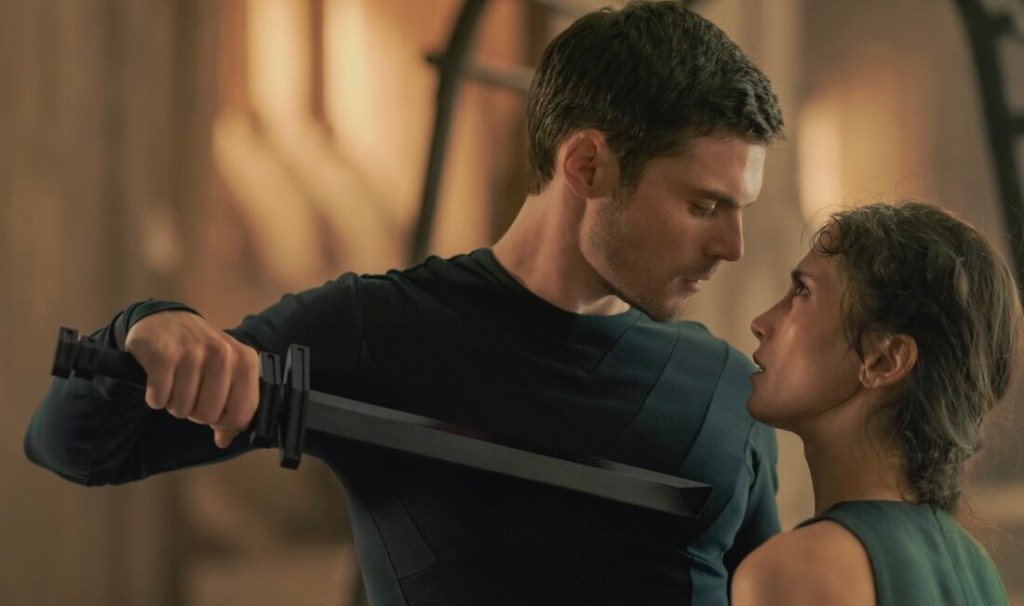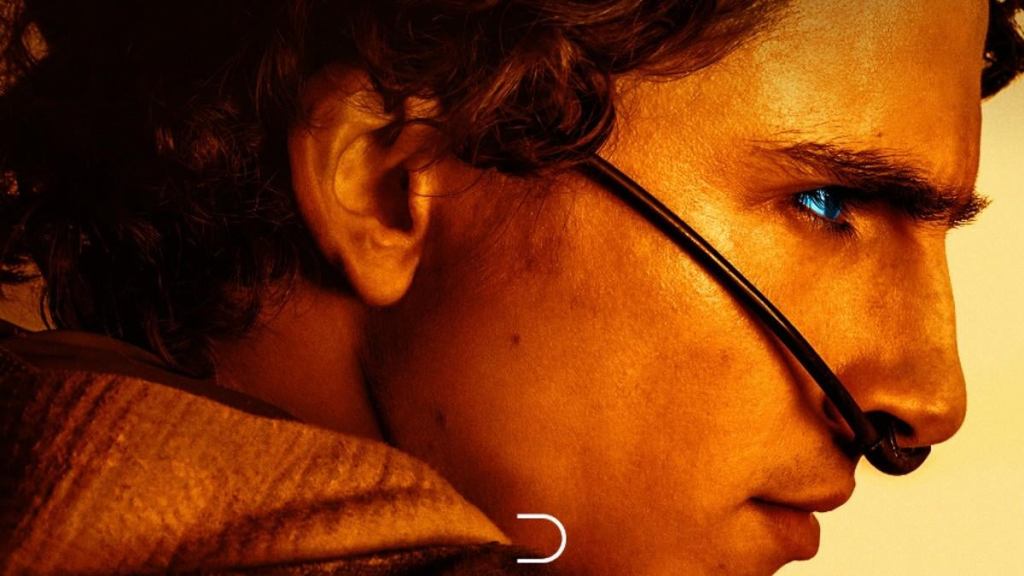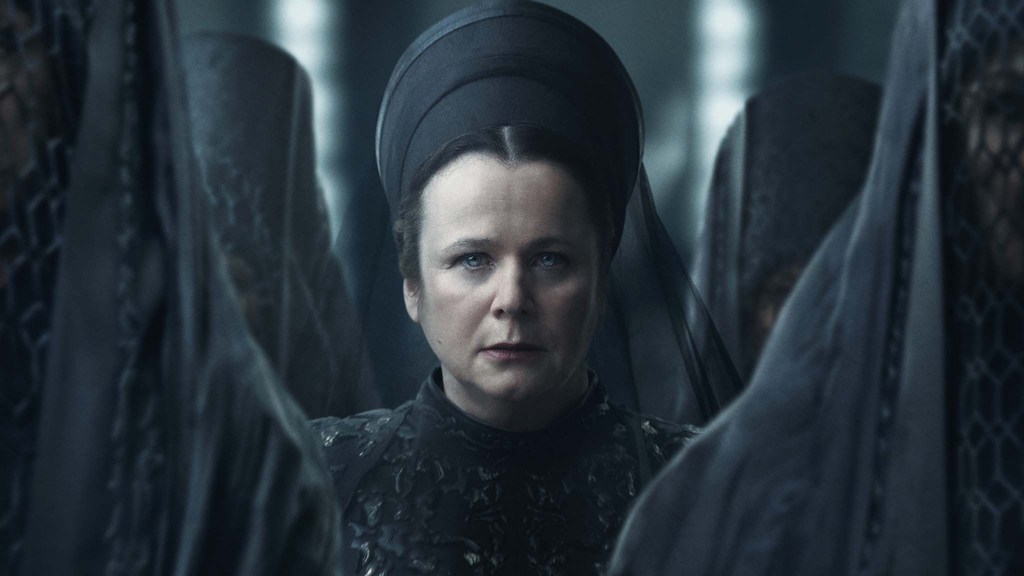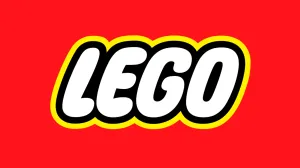Dune: Prophecy has premiered on HBO and Max, and even though audiences are still forming their opinion on the spinoff series, there’s already one big question about the timeline of the series in relation to the recent Dune movies from director Denis Villeneuve.
Videos by ComicBook.com
That’s because a lot of fans have taken a look at Dune: Prophecy‘s premiere episode and come away with one big observation about its aesthetic: Not much has changed with technology or style in quite some time.
Dune: Prophecy is set 10,000 years before the birth of Paul Atreides (Timothée Chalamet), and over a century after the Human-Machine War. And yet, a lot of viewers have made the critical observation that the technology featured in Episode 1 of Dune: Prophecy looks nearly identical to the technology featured in Dune and Dune: Part Two.
10,000 years without major leaps in everything from technology to fashion seems so improbable that Dune fans are having a hard time reconciling the kind of timeline the show is proposing. This fact is hammered home especially well in a scene where Princess Ynez (Sarah-Sofie Boussnina) and swordmaster Keiran Atreides (Chris Mason) have a sword-sparring session that uses the exact same shield technology seen in Villeneuve’s films — instead of some kind of prototypical version of the tech (some fans have suggested the Easter egg of the “blocky” shields used in David Lynch’s cult-classic Dune film).
So is Dune: Prophecy creating a major plothole with this lack of technological advancement?
Dune: Prophecy – Why Is Technology the Same as in the Movies?

The easier behind-the-scenes answers is that the makers of Dune: Prophecy want the show to match the visual aesthetic of the Villeneuve Dune movies, and therefore use tech as a visual signifier and reminder that this is all taking place in the same universe. However, that aesthetic choice seems to be backfiring a bit, as the criticism about the lack of technological progression seems to be one of the biggest ones surrounding the show. It’s also arguably true that some fans may not yet understand that technology — and the lack thereof — plays a major role in Dune lore.
The opening sequence of Dune: Prophecy delves into Frank Herbert’s Dune canon, and how humanity went to war against thinking machines in a battle for supremacy. While House Harkonnen is said to have turned its back on the human coalition, the Great Houses like Atreides fought back and helped secure humanity’s victory. It’s explained that after the war thinking machines — a term which includes computers, robots, and AI — was outlawed throughout the empire. The fear of machine and tech is driven home in the premiere episode, when young Pruwet (Charlie Hodson-Prior), son of Duke Ferdinand Richese (Brendan Cowell), is caught harboring an advanced robotic toy, which completely disrupts the celebration for his engagement to Ynez. It’s also a scene that spells out why we may see such a crawl in technological advancement between this show and the Dune movies.
Dune Is About Human Advancement

One big difference between the new Dune movies and Herbert’s original novels is that the movies only scratched the surface of what Paul Atreides was as “the chosen one.” The films (especially Part Two) focused on what that prophecy means to the Fremen of Arrakis — making the Bene Gesserit’s centuries of breeding (to create the “Kwisatz Haderach”) a subplot of the films. The novels instead describe the line of breeding leading up to Paul Atreides being one that combines several forms of human enhancement that have been developed into distinct “types” of guilds or clans in the Dune Universe. That includes the “Navigators” (ability to guide ships across space instantly) and “Mentats” (living computers/calculators) which then prevent the need for any machine resurgence. The other piece of that puzzle is the Bene Gesserit, who push for the mastery of truthsaying and socio-political-genetic manipulation, in effort to breed better lines of leaders that can assure great futures for he empire — and the survival of the Bene Gesserit itself.
In Episode 1’s opening act, we see a young Valya Harkonnen (Jessica Barden) unleash “the Voice” for what is seemingly the first time, killing her rival sister in the order, Dorotea, who wants to abandon the breeding program. This suggests that the abilities of the Bene Gesserit that are common in Dune are still taking shape in the era of Dune: Prophecy; hence, we can speculate that other forms of human advancement like the Navigators Guild or Mentats are similarly still in their formative stages.

That’s all to say: looking at technology as the telltale sign of “advancement” or “progression” in Dune may be the wrong perspective. After all, if you draw a line at no advanced computing or robotics being allowed, technology can only progress so far. What will instead change in 10,000 is the kind of machine-like abilities humans will develop and master as a replacement for machines. In the case of the Space Guild and the Navigators, consuming Spice for so long will eventually cause them to physically evolve into big-brained creatures that aren’t even recognizably human anymore.
Hopefully, Dune: Prophecy makes that larger universe Herbert imagined more fully realized and clear in the coming weeks, so that we can at least put this criticism aside. Dune: Prophecy is streaming on Max.








